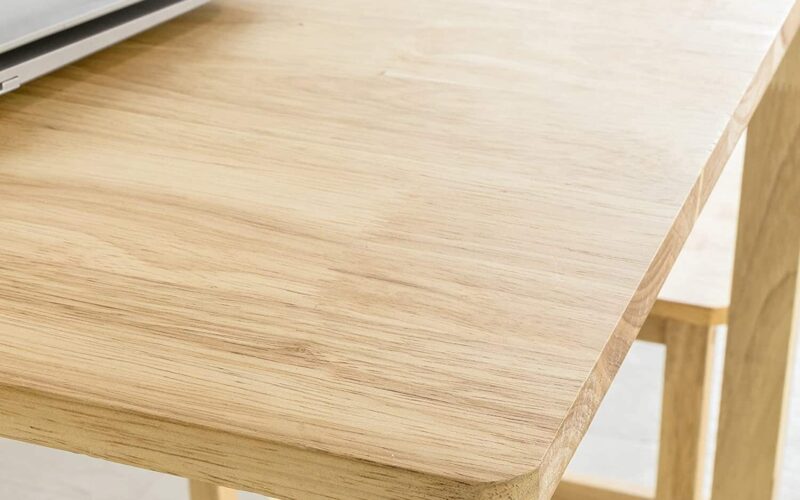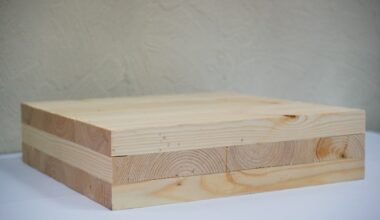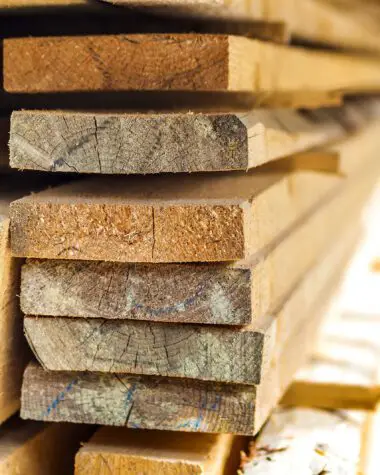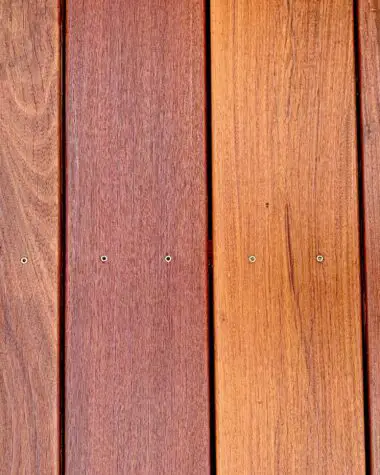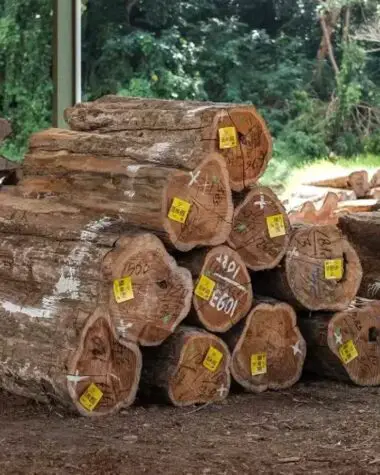Rubber wood is a strong hardwood type with very little tendency to warp or crack and is also eco-friendly. Rubber wood, also called Parawood in Thailand, is named after its scientific name Hevea brasiliensis.
Meanwhile, there are some misconceptions about rubber wood. People don’t understand that most of the things they hear about this kind of wood are the opposite. This article is packed with all the information you need to know to make things clearer about rubber wood.
Properties of Rubber Wood
Rubber wood’s properties like hardness, density, shrinkage, bending, and modulus of elasticity compare well with other types of hardwoods. Therefore, this makes rubber wood an ideal substitute, but it is less expensive, more plentiful, and undoubtedly eco-friendly. The information below is additional properties of rubber wood that you need to know.
Color
Light blonde to medium tan is the heartwood’s normal hue, with occasional medium brown streaks.
Grain Structure
Rubber wood has a straight-grain pattern.
Resistance
Rubberwood is brittle and offers very little defense against deterioration in the natural world. Additionally, it is vulnerable to insect attacks and fungus stains.
Workability
Rubberwood offers working convenience when dealing with both hand and power tools. Meanwhile, rubberwood tends to twist and warp during drying. But once it has been used for a while, it is generally stable.
Odor
Rubberwood creates an unpleasant and sour odor, especially when it is green wood. Its odor is generally evident while being worked but disappears when dried.
Uses of Rubber Wood
In recent years, the development of the wood industry in Malaysia and Thailand has been largely attributed to the accessibility of rubberwood. Rubberwood has established itself as a significant timber for manufacturing furniture and indoor building materials. It can be used to make furniture, medium-density fiberboard, chipboard, cement-bonded board, and wood-based panels. The sapwood and heartwood of the rubber tree are difficult to differentiate from one another due to the rubber tree’s lightweight, uniform color that ranges from white to cream and similar texture.
As mentioned, rubberwood is a wood type used in the furniture industry. It has good features and is durable as well. This wood is the source of raw material that makes latex used in creating rubber-based products.
More about Rubber Wood
In addition, possibly one of the most important features of rubber wood in today’s world is that it is ecologically “friendly” lumber. It’s the reason for its popularity in the furniture industry. A rubber tree generally produces latex during its 26-30 years of existence. But after this point, latex yields become very low, and usually, planters kill old rubber trees to plant new ones.
Therefore, unlike other types of wood cut for the sole purpose of producing furniture, rubberwood is only used after it has spent its life producing latex. Therefore it is eco-friendly because it can still be used after it has been spent and when it dies.
Other Hardwood Types
- Balsa Wood– Balsa wood is considered the lightest and softest type of wood you can find. Find out more about its features and be amazed about how useful it is.
- Koa Wood– Due to its interlocking grain, Koa has earned value to most woodworkers. Its grain structure creates more bending strength and stiffness than Walnut.
- Poplar Wood– Poplar wood may be useful and affordable to use as long as it is applied with the right techniques and treatment.
- Rubber Wood– Rubberwood is also called Parawood in Thailand and is named after the timber with the scientific name Hevea brasiliensis.
- Sapele Wood– Sapele wood has many characteristics similar to mahogany. Find out how it happened.
- Cherry Wood– No one can deny the amazing qualities of cherry wood, which could be the reason why wood enthusiasts cherish it the most.
- Mahogany Wood– The possible extinction of Mahogany wood cannot clear the fact that it is one of the most valuable wood types existing.
- Teak Wood– There are countless reasons why teak wood is prized for its value.
Conclusion
Rubber wood has many outstanding qualities. It is durable, resilient and is eco-friendly. These qualities make it a good wood material for furniture and for home use. Therefore you must consider all these qualities mentioned beforehand as you select the ideal wood material that’s perfect for your needs.
